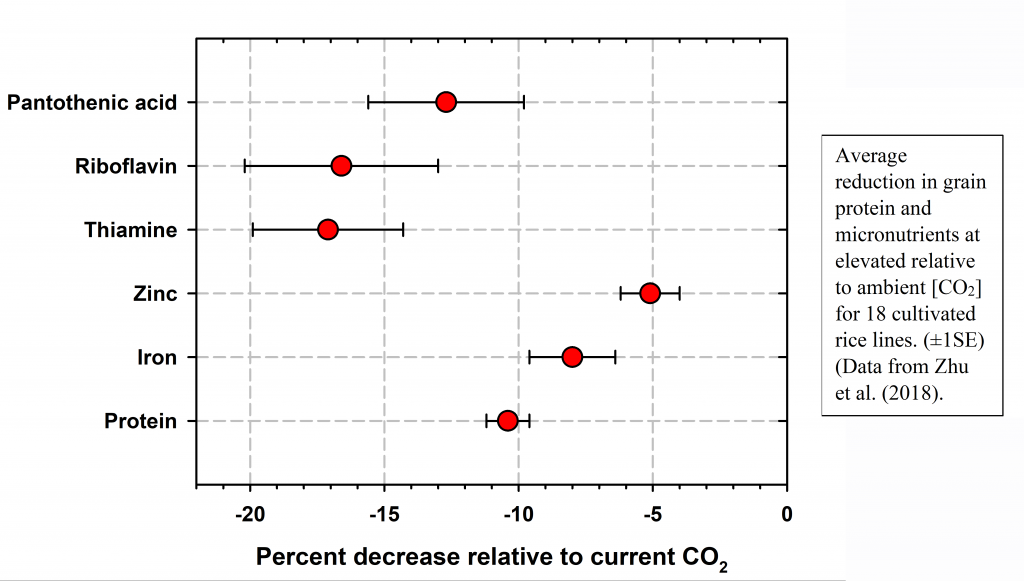We are currently in a chaotic mess about how to come out of the covid-19 pandemic with minimal casualties and grace. Why should this be? We have had enough examples of pandemics within the last century or two to have some ideas about what will work and what will not, but it would appear that this information is not being used effectively. Part of this can be explained away by the actions of political figures who are incompetent beyond belief, but this is not the only cause of the problem. We have many first-class epidemiologists and modellers around the world working on plans for dealing with covid-19 but there is less coordinated planning than would seem desirable. Perhaps the lack of coordination is highly desirable. We now have experimental situations that any field ecologist would be ecstatic about – cruise ships that are closed systems of potential infections in replicate, states and provinces that practice self-distancing at 1.5 to 2 m and others that ignore this infringement on their liberty or because of poverty do not have the luxury of having enough spacious accommodation to self-distance. Why with all these measurements, good intentions, and data from testing for the virus and antibodies is the picture on what best to do still so cloudy? Given the operational suggestions of social distancing at 2 m, avoiding crowds, washing hands frequently, what ideas need testing to make life less forced? Here are my challenges for some evidence-based questions to answer:
- Is all covid transmission people to people, and not via door nobs, handrails, and counter tops so that all the cleaning is a waste of resources, time and money? But does cleaning reduce other infections so that it has a net benefit to society?
- Distance works, but exactly what distance 1m. 1.5 m, 2m? And note 2 m ≠ 6 feet.
- Are school kids basically immune so that schools should not be closed if teachers can be kept covid free and tested? If we can keep students and teachers safe, it is a colossal waste of resources to close schools, colleges, and universities and pretend that on-line teaching will educate properly (in spite of the clever on-line methods being developed).
- Given that old people can be protected from covid-19 and given distancing precautions, it is not clear that the mortality from covid-19 for those aged 15 to 60 is much different from the annual flu that runs around year after year. If covid-19 is indeed 5x as toxic as ordinary flu and persists like ordinary flu, how much are we willing as a society to completely reorganize to keep old people safe?
- Is relying on a vaccine to restore normal life dangerous? Do strategies that are partially effective need further discussion for a Plan B? We may find ourselves in the same situation we have currently with the normal flu virus, partial immunity but not complete and many people refusing vaccinations.
- Does asymptomatic transmission of covid-19 actually occur, or is it more likely due to poor testing methods and poor patient memory?
- How much of the covid-19 mortality is ‘natural selection’, how much bad luck, how much is not being self isolated after being warned, how much is the prevailing belief that we can do anything and the doctors will save us?
In my opinion, having 50 or 200 research groups working on covid-19 vaccines when malaria, diphtheria, and TB ravages the poor of the world is more “rich white people are all that matter”. If we wish to put all these resources into one virus, we should provide an equal effort for the poor among us so that our promise is not only “bring covid-19 under control” but rather “bring poverty under control”.
